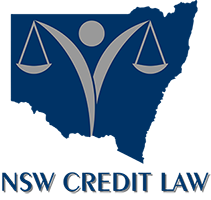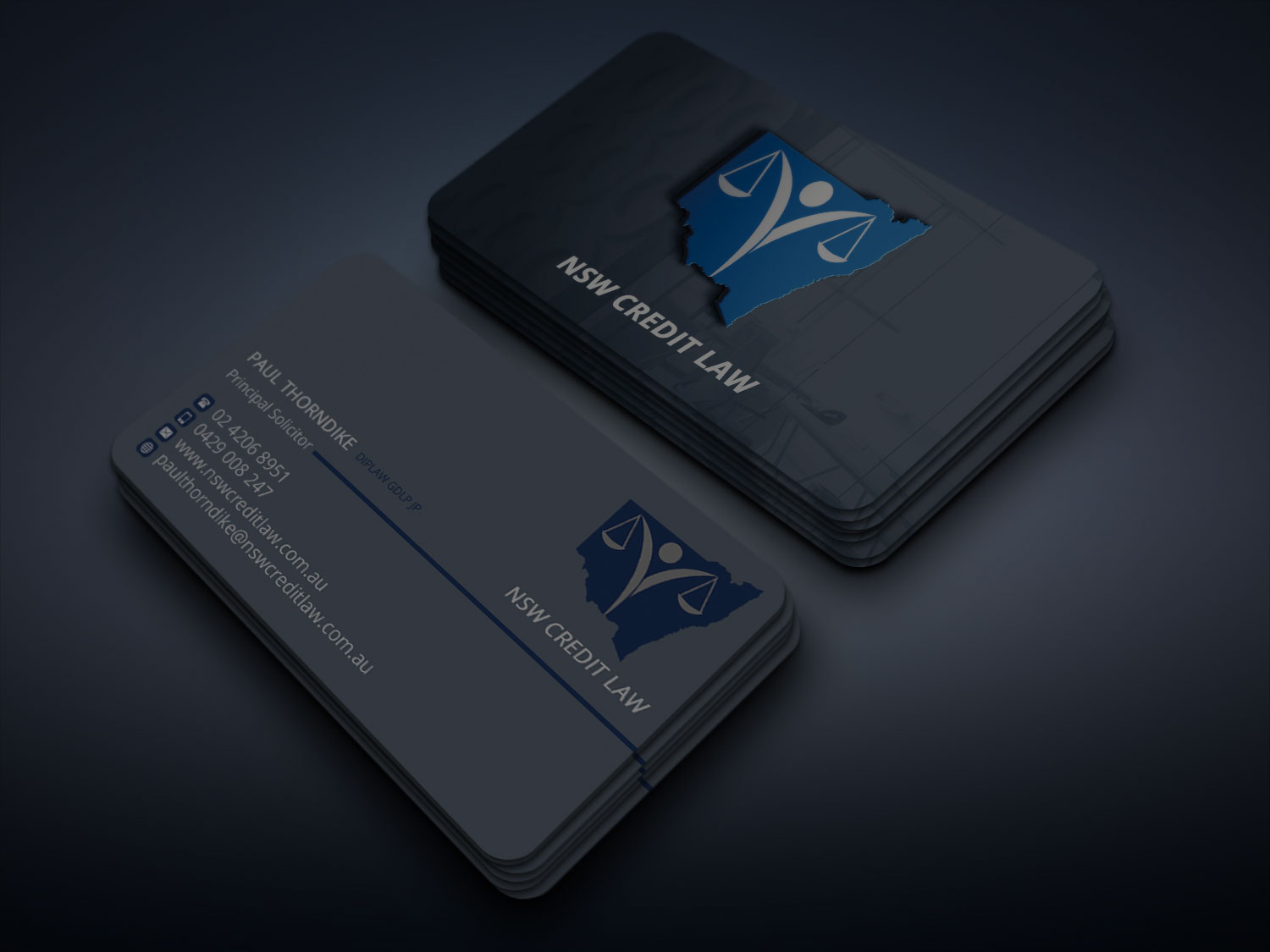Using Insolvency Proceedings to Enforce Judgment
Introduction
In Australia, creditors have various enforcement procedures at their disposal to recover debts from judgment debtors who fail to pay judgment debts. A judgment occurs when a court rules in favour of the creditor because the debtor has failed to respond to legal proceedings, or a matter has been heard by the court and the court has found in favour of the creditor.
Judgment is a court order that the debtor owes the judgment debt amount, plus interest and legal costs, and is legally obligated to pay the creditor. However, obtaining a judgment does not automatically result in payment; creditors often need to take further steps to enforce the judgment.
One effective method is to initiate insolvency proceedings against the judgment debtor. If the judgment debtor is an individual this means the initiation of bankruptcy proceedings by issuing a bankruptcy notice. If the judgment debtor is a company this means the initiation of wind-up proceedings by issuing a statutory demand.
Bankruptcy Notice
A bankruptcy notice is a formal demand issued by a creditor, requiring an individual judgment debtor to pay the full amount specified in the judgment, plus post judgment interest, within 21 days of being served with the bankruptcy notice. The Bankruptcy Act 1966 (Cth) requires that the judgment debt amount exceeds $10,000.00.
If the judgment debtor fails to comply, they commit an act of bankruptcy. The act of bankruptcy serves as evidence of the debtor’s insolvency due to their inability to pay their debts as and when they become due and payable. The creditor can rely on the act of bankruptcy when issuing a creditors petition to bankrupt the judgment debtor.
Steps to Enforce a Default Judgment Using a Bankruptcy Notice
- Apply for a Bankruptcy Notice: Once a default judgment is obtained, the creditor can apply to the Australian Financial Security Authority (AFSA) for a bankruptcy notice. The application must include all the details of the default judgment and the amount the judgment debtor must pay.
- Serve the Bankruptcy Notice: After AFSA issues the bankruptcy notice, the creditor must serve it on the debtor. This can be done personally or by other approved methods pursuant to Bankruptcy Regulations. The bankruptcy notice will specify the amount due and the deadline for payment, typically 21 days from the date of service.
- Debtor’s Response: Upon being served with the bankruptcy notice, the debtor has the following options:
– Pay the debt in full.
– Negotiate a settlement or payment plan with the creditor.
– Apply to the court to set aside the bankruptcy notice if there are valid grounds, such as a dispute over the debt or procedural errors.
- File a Creditor’s Petition: If the judgment debtor fails to respond to the bankruptcy notice within the specified period, the creditor can file a creditor’s petition with the Federal Circuit Court or the Federal Court of Australia. This petition seeks to have the debtor declared bankrupt. The costs of issuing and filing a creditors petition are recoverable from the judgment debtor or the bankrupt estate as a preference ahead of other creditors.
- Bankruptcy Proceedings: Once a creditor’s petition is filed, the court will schedule a hearing. If the court is satisfied that the judgment debtor has been served with the bankruptcy notice, and the creditors petition, and is unable to pay their debts, it may issue a sequestration order declaring the judgment debtor bankrupt. A trustee will then be appointed to manage the bankrupt estate, financial affairs, and assets of the bankrupt to obtain a return for creditors.
Implications for Debtors and Creditors
For Debtors: Being declared bankrupt has significant consequences, including restrictions on obtaining credit, loss of control over finances, having to contribute to the bankrupt estate from future earnings, restrictions on travel and potential sale of assets. It remains on the debtor’s credit report for several years and on the AFSA bankruptcy register for life, therefore impacting their financial reputation.
For Creditors: Utilising a bankruptcy notice can be an effective way to recover debts, especially when other methods have failed. A creditor generally does not want to bankrupt the judgment debtor. Bankruptcy is a last resort. The creditor would prefer to be paid. However, the initiation of bankruptcy proceedings demonstrates the seriousness of the creditor’s intent, potentially prompting the debtor to settle the debt.
Conclusion
Using a bankruptcy notice to enforce a judgment in Australia is a powerful tool for creditors seeking to recover unpaid debts. By following the legal procedures and understanding the implications, creditors can increase their chances of successful debt recovery. However, it is essential to consider the financial position of the judgment debtor, the potential consequences and seek legal advice to navigate this complex legal process effectively.
Using a Statutory Demand to Enforce Judgment
If the judgment debtor is a corporate entity, such as a proprietary limited company, one effective method of enforcement is to start wind-up proceedings by issuing a Statutory Demand.
A Statutory Demand is a formal demand for payment, issued pursuant to section 459E of the Corporations Act 2001 (Cth) that can lead to the winding up of the debtor company if it fails to comply with the demand.
Statutory Demand
A Statutory Demand is a formal written notice served upon the directors or at the registered office of a company demanding that the company pays the judgment debt in full. The Corporations Act 2001 (Cth) requires that the debt amount exceeds $4,000.00.
The Statutory Demand provides the debtor with 21 days to pay the debt or make satisfactory arrangements to pay the debt to the creditor. Failure to comply with the demand can lead to the presumption of insolvency and the initiation of winding up proceedings.
To issue a valid Statutory Demand, the document must meet the following requirements:
- The debt must be due and payable, and the amount must exceed $4,000.00.
- The demand must be in writing and clearly specify the debt amount, details, and payment instructions.
- The demand must be served on the directors or at the debtor company’s registered office.
- The demand must be in the prescribed form and comply with the statutory requirements.
Consequences of Non-compliance
If the debtor company fails to comply with the Statutory Demand within 21 days, it is presumed to be insolvent. The creditor can then proceed to initiate winding up proceedings against the debtor company by issuing a wind-up summons. This can result in the appointment of a liquidator to wind up the company’s affairs and distribute the assets to pay the creditors.
Setting Aside a Statutory Demand
A debtor company may apply to the court to set aside a Statutory Demand within 21 days of receiving it. The court may set aside the demand if there is a genuine dispute about the debt, a defect in the demand, or a reasonable belief that the debtor company can pay its debts as they fall due.
Benefits of Using a Statutory Demand
Using a Statutory Demand to enforce a judgment offers several advantages, including:
- It provides a powerful incentive for the debtor company to pay the debt promptly.
- It can be a cost-effective and efficient method of debt recovery.
- It allows the creditor to initiate winding up proceedings, which can result in the realisation of the debtor company’s assets to satisfy the debt.
Conclusion
A creditor generally does not want to wind-up the company. Liquidation is a last resort. The creditor would prefer to be paid. However, the initiation of wind-up proceedings demonstrates the seriousness of the creditor’s intent, potentially prompting the corporate debtor to settle the debt.
Issuing a statutory demand can be an effective and strategic tool to compel the debtor company to pay the outstanding debt. By understanding the process and requirements associated with a statutory demand, creditors can navigate the enforcement process with confidence and increase their chances of successful debt recovery. However, it is essential to consider the financial position of the judgment debtor, the potential consequences and seek legal advice to navigate this complex legal process effectively.
NSW Credit Law articles are published as general information for the reader and should not be relied upon as legal advice for a reader’s specific legal needs. Should you have any queries with regard to this article or any other article published by NSW Credit Law please contact Paul Thorndike on 0429 008 247 or at paulthorndike@nswcreditlaw.com.au
Disclaimer: When researching and drafting this article we may use an AI advanced language model amongst other sources. It is intended for general informational purposes and should not be used as a substitute for professional advice. While every effort has been made to ensure the accuracy and reliability of the information provided, we cannot guarantee its completeness, timeliness, or appropriateness for any particular purpose. Usage of this information is at the reader’s own risk. We are not liable for any errors, omissions, or results that may be obtained from the use of this information. Always consult with a qualified professional before making any decisions based on the content of this article. For legal advice please contact Paul Thorndike on 0429 008 247 or at paulthorndike@nswcreditlaw.com.au

